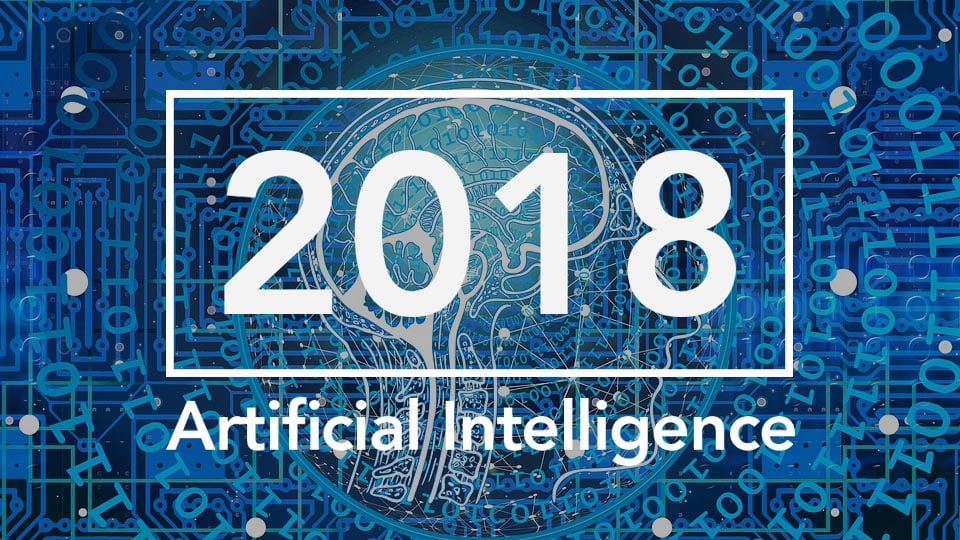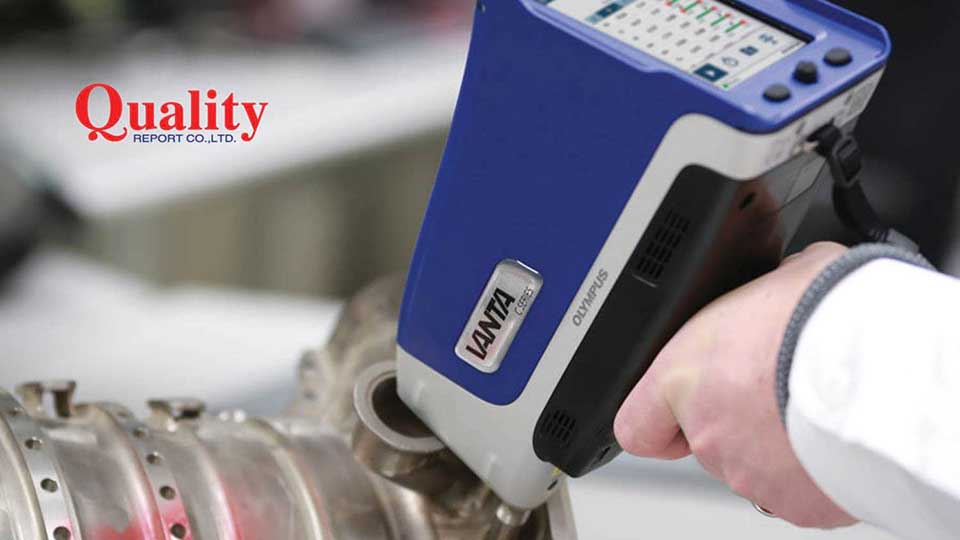
2018: Another Year of AI
Artificial intelligence or AI is one of the essential technologies that serve as an important part of the brain or help with the functioning of all kinds of devices. It was also in higher demands throughout 2018.
Continuous Growth
In 2018, the main factors driving the demands in AI higher came from many industries. They included the demands in automation systems of manufacturing industry, autonomous driving technology, and IoT technology, all of which started to incorporate AI in their platforms. They also included the advancement of smartphones and the fact that AI has a role in raising the quality of life, for example, incorporating AI in household electrical appliances.
To say that all of the above is a part of the information age, it would not be so surprising. It is because in the past few years, AI has been mostly used for “processing data.” By the nature of the information age, it brings about a trove of data and a Big Data, in which there is so enormous amount of data that human beings cannot possibly process themselves.
Collect, Analyze, Identify
The highlights of AI is its ability to collect, analyze, identify and correct errors in a short period of time. This feature has continuously made AI, in these recent years, be on the news reporting its victories over human beings, all of which is the result of “machine learning,” the mainstream of developing AI lately.
Despite the fact that these advantages have resulted in AI being expected to be used in many industries, without having adequate troves of data, even an efficient AI is not smarter than human beings in every aspect at all.
Even so, in the year 2018, AI developments were continuously funded, especially in the U.S. where the Silicon Valley changed to focus on developing AI instead of robots.
Expanded beyond Manufacturing Industry
As for the business level, many companies have pushed forward the use of AI within their organization and have developed AI to be used in other applications outside manufacturing industry, for example, using AI in warehouses, services, agriculture, real estate, or even in businesses that most people thought that AI could not play a role in such as artwork, in which AI started to take part.
At the end of year 2018, Sony announced that it had succeeded in developing an AI deep learning process to be at the world’s fastest rate beating Tencent’s previous record with a much faster processing speed and almost just half of the test timing. The success will incredibly help saving time of the trial-and-error process that is spent during the development of technology, leading to new developments to be available for practicality and use in society even faster.
It seems that in year 2018 AI has not only evolved but also taken more important parts in our daily life. In many cases, users may not even notice that the technology before their eyes is AI. During the following year, AI is expected to be evolved even more for another year.






